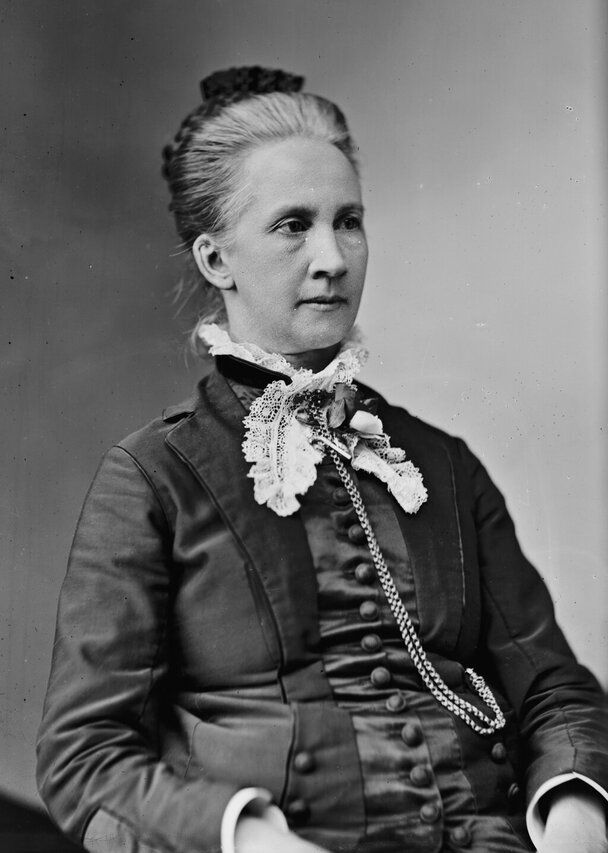
Belva Lockwood - Early Life
Born In Niagara County, NY, Belva Lockwood was a feminist trailblazer in education, law, politics, and equal rights for women.
Belva Ann Bennett was born in a log cabin on October 24, 1830 in the Niagara County town of Royalton, NY. She attended the local one-room school up to eighth grade because custom dictated that she stop going to school at age 14. Belva desperately wanted to continue her education. Therefore, she convinced her parents to let her earn the tuition money herself for Gasport Academy by teaching there over the course of four summers.
After graduation, Belva applied to Gasport Academy “only to be told that the board would be hiring a man.” He was fired a few months later and Belva was hired as his replacement. Eventually, she discovered that she was earning less than half the salary that her male counterparts earned for the same work. Belva “protested this inequity as ‘…an indignity not to be borne…’ and throughout her life, seized every opportunity to advance “equal pay for equal work.”
These stories seem to prefigure later events in the life of a remarkable woman. As Belva Lockwood, she would become a champion of girls’ schooling, women’s suffrage, and world peace. She would also become the first woman to practice law before the U.S. Supreme Court and the first woman to run for the U.S. presidency as a legitimate candidate.
When Belva was 18, she once again wanted to continue her schooling. However, her father wouldn’t allow it because he didn’t believe that education was important for young women. Besides, in those days, most colleges in the U.S. prohibited women from enrolling. “So, for the moment, [Belva] took the only road open to her: marriage.” In 1848, she married Uriah McNall and gave birth a year later to a daughter named Lura.
The McNalls farmed and ran a sawmill in Royalton. In 1850, “Uriah was seriously injured in a sawmill accident and never fully recovered.” Although Belva was now a wife and mother in a time where women were largely confined to the domestic sphere, she still showed her passion for education by writing essays for literary gatherings and the press.
When Uriah died of tuberculosis in 1853, Belva became a widow and single mother at age 23. She also inherited, and then sold, a small estate that was heavily in debt. She then decided to earn her teaching degree at Genesee College in Lima, New York. Criticized by friends and family, Belva insisted that furthering her education was the only way that she could support herself and her daughter.
Three years later, Belva returned to Niagara County with her teaching degree. She was offered a teaching position in her native Royalton, but didn’t accept it because the salary was, yet again, only half the salary of male teachers.
Instead, she accepted a position as headmistress of the girls’ division at the Lockport Union School. Despite her job title, and her level of education and experience, Belva still made less money than the less-qualified male teachers at the school. Frustrated, she left the school and proceeded to oversee two other girls’ academies. She got involved in statewide academic organizations where she advocated for girls’ education.
As detailed in Part II of our story, Belva next moved to Washington, D.C. where a world of opportunities awaited her, including law school, a promising legal career, and a groundbreaking campaign for President of the United States.
Hope L. Russell, Ph.D.

